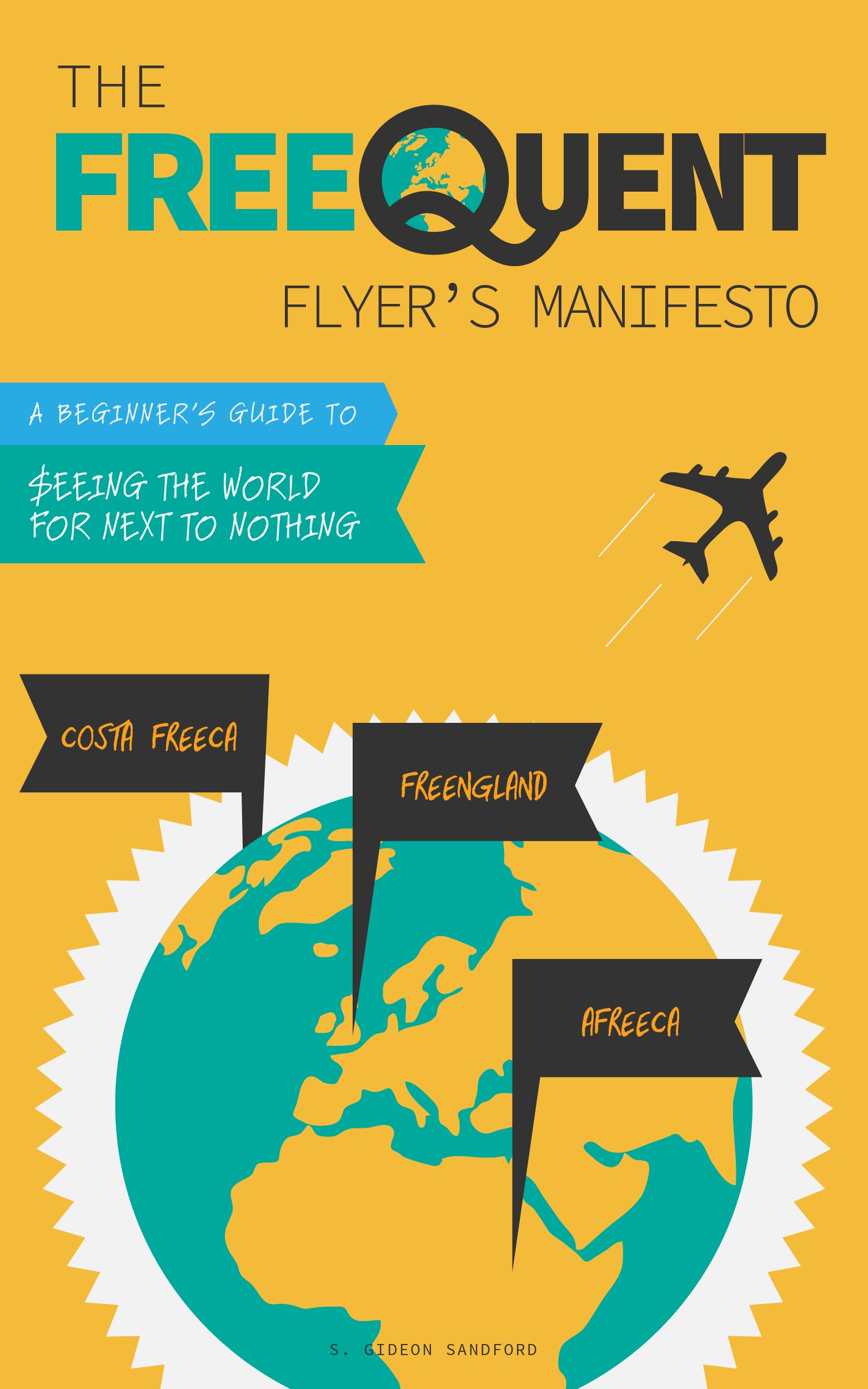Final status report on my personal finance application cycle
/Last June I wrote about my personal finance application cycle, in which I applied for a Chase Slate and Citi Double Cash credit card in order to run up high balances and use the resulting negative-interest-rate loans to finance other projects. Since my 0% APR introductory periods are coming to an end, I thought readers might enjoy a final update.
Did it work?
My strategy worked perfectly, as it had to.
Fees and interest rates, unlike other terms and conditions of credit card agreements, are heavily regulated and cannot be changed by the banks to retroactively apply to existing balances (as long as you stay current on payments). In fact, even if my Chase and Citi accounts had been closed for some reason, I still would have been entitled to continue making only the minimum payments on the two cards until the introductory interest rate period elapsed.
I had no trouble moving my existing Chase credit lines to my new Slate card, as I explained in the original post, and was able to transfer $15,000 in balances to the card at the promotional 0% APR. I also didn't have any problem manufacturing my $5,200 credit limit on the Citi Double Cash, maximizing the amount of cash I was able to borrow at a negative interest rate.
What happened to my credit score?
When reading about this tactic, many of my readers grow agitated about the horrific damage that must have been wreaked on my credit score by nearly maxing out two credit cards on an ongoing basis.
In the 12 months of FICO score history Barclaycard provides, my score has bounced around between 677 and 729. In the last 6 months, Citi has me between 667 and 683. And in the last 12 months American Express has my FICO score between 670 and 720.
But I don't care about my FICO score, and the "damage" didn't keep me from being approved for a new Chase Hyatt credit card.
As should be obvious, everyone's situation is different: if you have just a few cards, or a short credit history, then high utilization on one or more cards might do significant damage to your credit score, potentially keeping you from getting approved for the credit cards you want.
If you have a lot of cards, and a long credit history, it's more likely to have only a nominal effect on your score, as it did on mine.
What did I do with the money?
Not much! I funded my Consumers Credit Union Free Rewards Checking account with $10,000, and used the rest of my newfound cash flow to increase the speed and convenience with which I manufactured spend on my other credit cards. Even if you diligently pay off each of your credit cards with the same spend manufactured with that card, there are still inevitable delays connected with depositing funds and making payments. Having a substantial amount of cash on hand smooths out those inconvenient delays and increases my overall return.
What's next?
This month I paid off the balance on my Citi Double Cash, and have already started using the card to manufacture unbonused spend. It's a somewhat inconvenient product since you have to pay off your balance in full before your statement closes in order to earn a full 2% cash back on your spend each month. Still, 2% is a perfectly reasonable return on unbonused manufactured spend, so the card still has its uses to me.
After I pay off my Chase Slate balance at the end of the month, I'll call to request a product change to the Chase Freedom Unlimited, which earns 1.5 Ultimate Rewards points per dollar spent everywhere, and that card will enter my rotation as a go-to card for unbonused manufactured spend.
Once that's complete, I'll wait a few weeks until I'm safely out from under the shadow of Chase's 5/24 guideline for new account approvals, and apply for another Chase Slate. I'll move available credit from my new Chase Freedom Unlimited account, and start this process over again.
Should you do this?
I don't give advice. I don't know your situation, and have no idea whether a 15-month, negative-interest-rate loan is right for you. But there are a few reasons you might consider it.
First, there are purchases that you might be considering paying for over time, like a car, which will cost less in total if you accelerate your payments using a negative-interest-rate loan.
Second, holding borrowed cash in a high-interest checking account, as I did, can serve as an "emergency fund" to protect you from job loss, emergency medical bills, or losses in the stock market. Even if, like me, you don't find the idea of an emergency fund particularly interesting from a personal finance perspective, you'll still earn more in a high-interest checking account than you will in a fixed-income mutual fund, a subject I've written about elsewhere.
Third, if you're a reseller or the owner of a business that needs access to capital in order to grow, you might consider financing expansion with a negative-interest-rate loan, especially if you work with vendors who only accept cash or give a discount on cash transactions.


